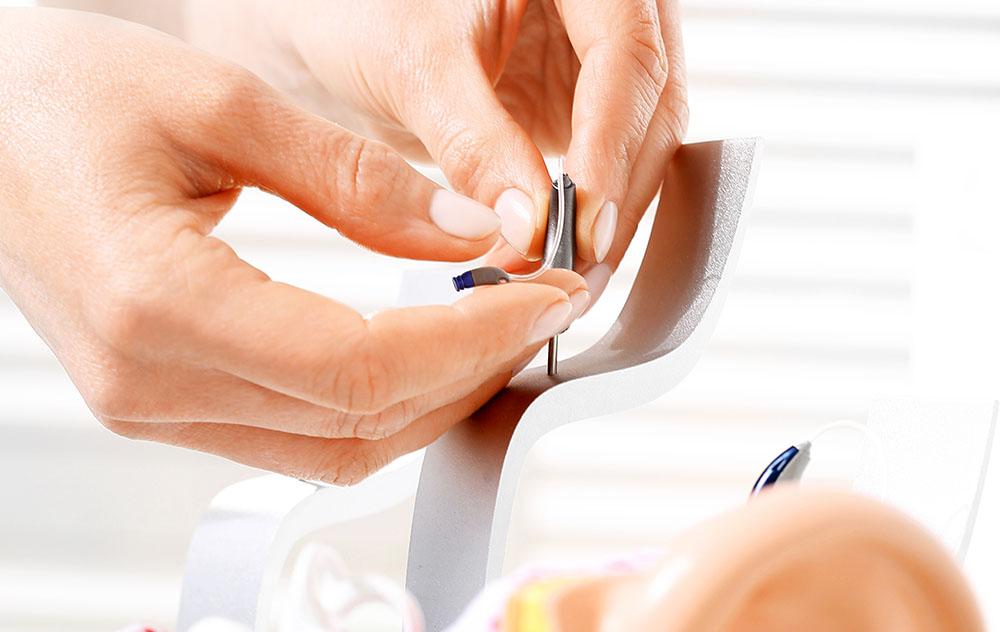A hearing aid is an incredibly powerful device that has several wellbeing and lifestyle impacts that you will love. However, there’s no doubt that hearing devices and instruments are more advanced than ever before, which makes it harder to get to grips with your hearing tool. You’re not a hearing instrument specialist (HIS), so you can’t be expected to understand every detail.
Thankfully, your lack of familiarity with devices doesn’t have to negate the benefits of hearing aids. Yes, it takes time, and you can’t click your fingers and transform into an old-hand. But, if you’re willing to invest the energy into the controls, you can learn how to use your hearing aid more effectively.
Here are some tips to keep in mind for the future.
Know the difference between devices
There are many different hearing instruments available to people who have hearing loss, so it shouldn’t be a surprise that each one is different. Therefore, the controls and settings aren’t the same. With this in mind, you need to understand which device you have and how the controls vary.
The main three hearing aid styles include:
- In the ear (ITE)
- Behind the ear (BTE)
- In the canal (ITC)
When you research how-to guides and videos online, tools people use all the time, you need to include the type of hearing instrument to ensure you don’t waste energy reading the wrong instructions.
Read the manual
It’s tempting to assume that your instrument is straightforward to understand. Therefore, you don’t have to bother with the instruction manual. It’s incredible how many people come to this conclusion, only to realize their mistake after they have thrown the manual in the bin.
By keeping the manufacturer’s guide handy, you can refer to it should you run into any problems or have questions that need answering. Plus, it’s a lot easier to reference the controls to the images, and this should speed up the onboarding process. Using the internet for assistance is a smart move, but only once you have exhausted your other options.
To begin with, it’s smart to read the instructions from front to back for advice.
Use a mobile app
Hearing aids have come a long way as many are equipped with apps or technology that syncs with mobile devices. Although this tactic sounds as if it might complicate matters, the reality is that it is much simpler to operate an instrument from the comfort of your smartphone or tablet as the controls are automated.
For example, you can increase the volume by using the buttons on the side of the handset. Considering you do this every day, there shouldn’t be any confusion that impacts the user experience. This is only one example, yet you can do this with pretty much every feature of your hearing aid.
All you need to do is find the application in the App Store or on Google Play and download it to your handset.
Practice being perfect
The saying practice makes perfect is still around to this day for a reason – it’s effective. When you receive your hearing instrument, there is bound to be a transition period as you attempt to understand the technology. Yet, failing to familiarize yourself with the features will only result in a longer transition period.
Scrolling through the settings should allow you to tailor the elements to your personal specifications as you’ll find out what each feature does and how it affects performance. For instance, you can configure everything from push buttons, rocker switches and volume wheels to make sure noises are clear and sharp.
The more you invest in onboarding, the higher the quality of the instrument.
Speak to your hearing instrument specialist
It’s important to realize that you aren’t alone. It can feel that way at times, but the reality is your hearing instrument specialist is always around to guide you through the process. All you have to do is contact them with questions and queries. Also, it’s essential to take the opportunity to pick their brain when they first give you your device as it eliminates confusion.
Still, people forget small details, so there’s nothing wrong with contacting your HIS for help.
Contact Beck Hearing Aid Center
You shouldn’t be embarrassed if you require assistance with your hearing aid controls. As a hearing instrument specialist, we understand that modern devices can appear complicated and confusing.
Contact Beck Hearing Aid Center at (888) 618-3778 – to put your mind at ease and boost your quality of life.


